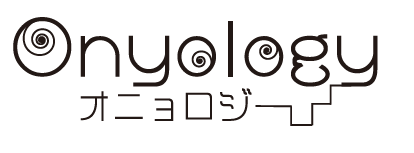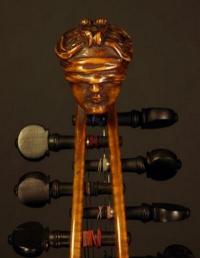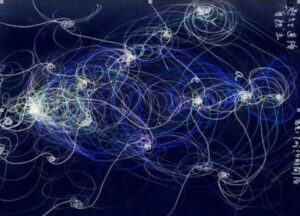Gap between cognition and theory
Human cognition is often deceived. Here’s one interesting example.
This is what I presented at a seminar when I was a student.
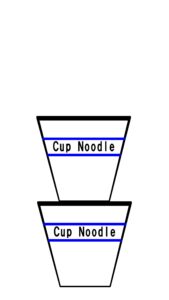
It is a figure in which two cup noodles are stacked. If you look closely, does the cup noodle on top look smaller? Look at it from a distance (although it is an optical illusion).
Let’s stack one more.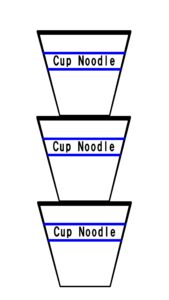
The cup noodles on the top have become even smaller. As you pile up the cup noodles, the cup noodles seem to get smaller and smaller (an optical illusion, but please don’t say something like that… ).
<Proposition> If you pile up cup noodles infinitely, the cup noodles will disappear.
We know that this proposition is false. In mathematics, we have to prove that this proposition is false. Think about how you can prove it.
Next, let’s raise another similar problem.
Let’s assume the triangle ABC. Let the midpoints of the sides AB, BC, and CA be C’, A’, and B’. From the midpoint connector theorem, it is as follows.
From the midpoint connector theorem, it is as follows.
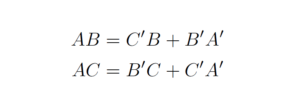
Next, let’s apply this operation to another small triangle inside the triangle ABC.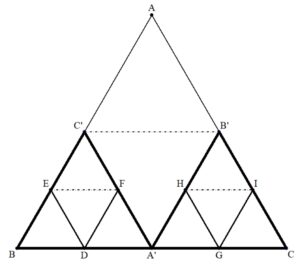 Again, from the midpoint connector theorem,
Again, from the midpoint connector theorem,
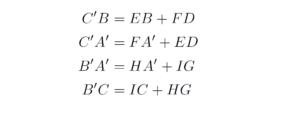
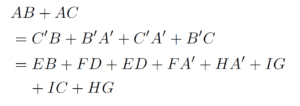
In short, the sum of the two sides of one larger triangle is equal to the sum of the two sides of two smaller similarity triangles.
So the total sides are all the same length. What if we repeat this infinitely …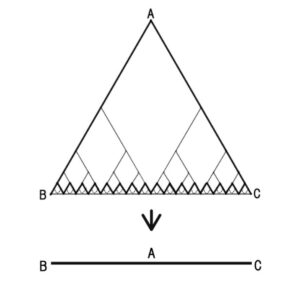
The triangle has disappeared. What happened?
Mathematics proofs and scientific experiments have been developed to eliminate this illusion of human cognition. As shown above, there is an inevitable gap between cognition and idea (mathematics). Instead of treating it as a cognitive illusion, it becomes an art when it is viewed as a more positive reality.
For example, in music, even sounds that are not actually produced during a performance can be created in the listener’s mind by devising how to produce the sounds. African music considers the rhythm that has not been played yet and is about to be played as the substance of the rhythm.
If there is no gap between cognition and idea, all art will be as expressible in mathematics as in physics.
Gaudi, a famous architect of the Sagrada Familia, incorporated the geometric facts known at the time into his architectural techniques. He never neglected to see the actual miniatures with his own eyes to verify them. It was because he knew the gap between idea and perception. The Sagrada Familia was also designed with a catenary curve as a motif, but he purposely prepared a large mirror to check the catenary curve in the opposite direction.
Applying geometric results to art unnecessarily does not usually produce good results, and mathematical art is not used in a very positive way.
The gap between this physical cognition and the idea thinking of the cerebral cortex, especially the frontal lobe, is the central theme of this book. The existence of the Pythagorean comma that bridges the gap between equal temperament and the perfect circle of fifths lies between this physical cognition and idea.
- カテゴリー
- BLOG
